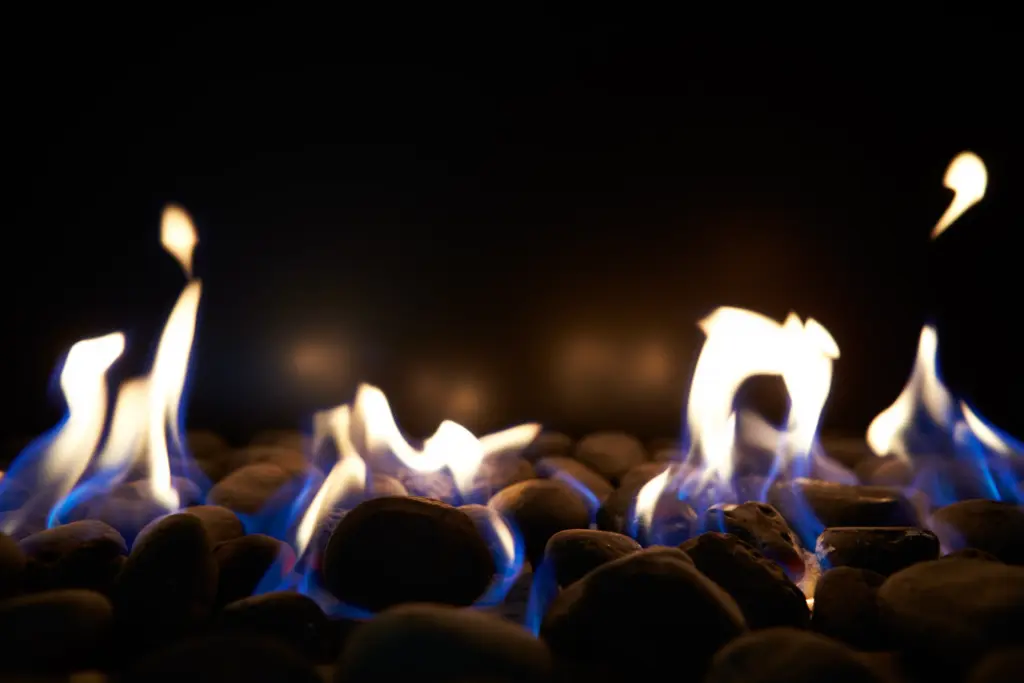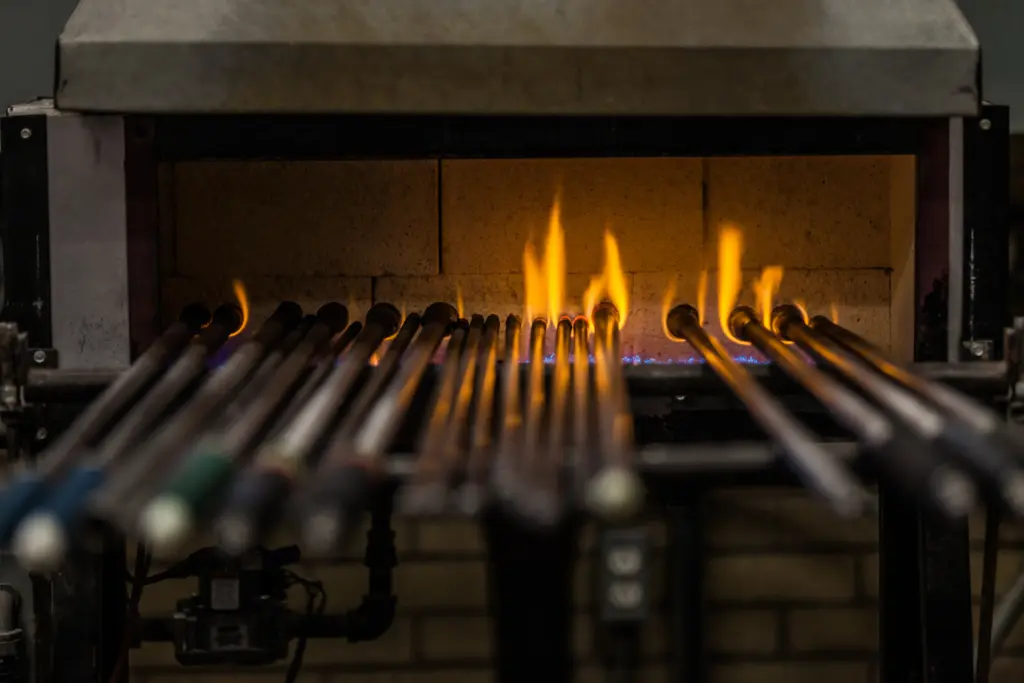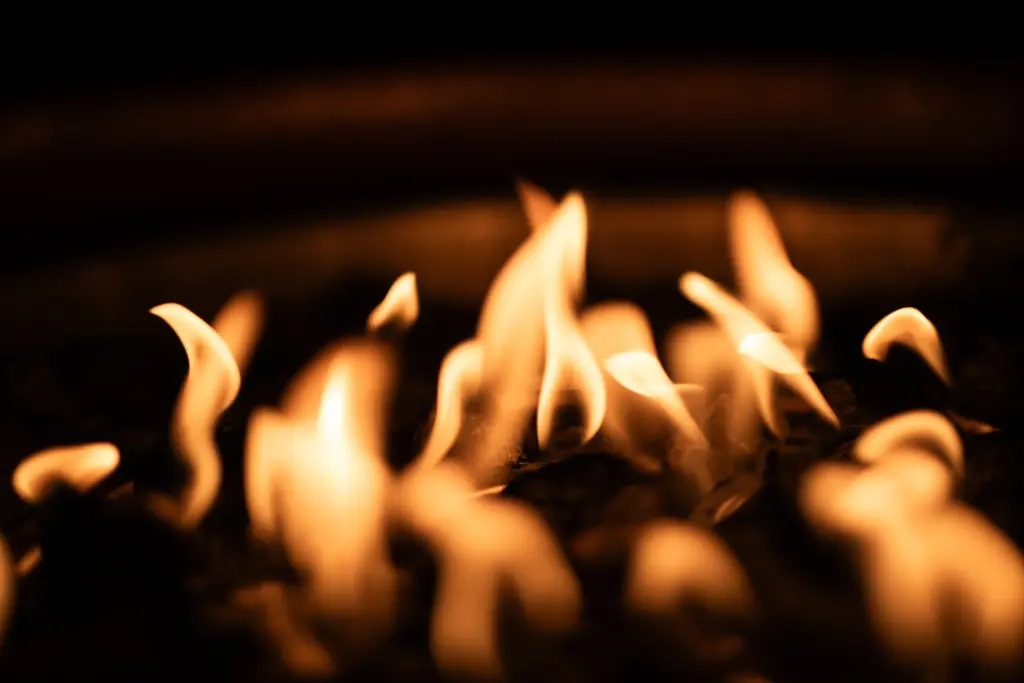As the temperatures drop in Ohio, many homeowners wonder the best way to start their gas unit and often search, how light gas fireplace. Gas fireplaces are convenient, efficient, and far easier to use than traditional wood-burning hearths. However, because they involve fuel, ignition systems, and safety sensors, lighting them requires some basic knowledge and precautions. Whether you have a standing pilot light model or a modern electronic ignition system, knowing the right steps helps you enjoy warmth safely and reliably.

Why Learning Proper Lighting Matters
Lighting a gas fireplace may seem straightforward, but mistakes can lead to dangerous conditions. Gas buildup, poor ventilation, or faulty components can result in fires, carbon monoxide leaks, or explosions. That’s why fire safety groups such as the Chimney Safety Institute of America (CSIA) stress the importance of proper operation and annual inspections. By understanding how light gas fireplace correctly, you not only enjoy cozy evenings but also protect your family and your home.
Know Your Fireplace Type Before You Begin
Not all gas fireplaces work the same way. Some use a standing pilot light—a small flame that stays lit continuously and ignites the main burner when you turn on the switch. Others use electronic ignition, which relies on a spark or a hot surface igniter. Outdoor gas fireplaces may also have unique designs. Before attempting to light your unit, consult the manufacturer’s instructions to identify your fireplace type and its specific controls. For inspiration on creating outdoor living spaces with fireplaces, see our guide on how to build an outdoor fireplace.
Lighting a Fireplace With a Standing Pilot
If your fireplace uses a standing pilot, the process usually involves turning the control knob to the “pilot” position, pressing it down to release gas, and using the igniter button or a long lighter to ignite the pilot flame. Once lit, you hold the knob for several seconds until the thermocouple senses heat and keeps the flame stable. Then you can turn the knob to “on” and use the wall switch or remote to start the main burner. If the flame will not stay lit, there may be a problem with the thermocouple, gas flow, or sensor that requires service.
Lighting a Fireplace With Electronic Ignition
For modern units, the process is often as simple as flipping a switch or pressing a button on a remote control. Electronic systems use sparks or hot surface igniters to start the fire. If your gas fireplace won’t turn on, it may be due to dead batteries in the remote or wall switch, tripped breakers, or faulty igniters. Because these systems involve electrical wiring and gas connections, homeowners should avoid tampering with them. Instead, basic checks like replacing batteries or resetting power are safe, while persistent problems require a professional technician.

Safety Checks Before Lighting
Before attempting to light any gas fireplace, take a few safety steps. Make sure the glass doors or screens are properly in place. Check that the vent or flue is clear of obstructions. If you smell gas before ignition, stop immediately and ventilate the area. Never attempt to light a fireplace if you detect strong gas odors. The National Fire Protection Association (NFPA) recommends installing carbon monoxide detectors in homes with gas appliances to catch problems early.
Common Problems When Lighting a Gas Fireplace
Sometimes homeowners follow instructions but the fireplace still refuses to ignite. Pilot lights may blow out in windy or drafty conditions. Burners can become clogged with dust or pet hair. Remote controls may fail from weak batteries. Electronic systems may misfire due to worn igniters or loose connections. If your unit repeatedly fails, do not keep trying to light it, as this can cause gas buildup. At this point, it is safer to call a professional.
Seasonal Use and Fireplace Performance
In regions like Northeast Ohio, fireplaces may sit unused during warmer months. When homeowners go to use them again in winter, they sometimes find that pilots have gone out or ignition parts have corroded. Dust buildup is also common. Knowing how light gas fireplace after months of inactivity means first checking for these seasonal issues. Regular maintenance prevents frustrating surprises when you want the fireplace most.
Preventive Care for Easier Lighting
To avoid ignition problems, keep up with annual inspections. Professional technicians can clean burners, test thermocouples, check for leaks, and ensure vents are clear. Scheduling routine care means your fireplace is ready to light safely on the first cold night of the season. Maintenance also improves efficiency and extends the lifespan of the appliance. Appearance matters too: if your hearth looks dated, you can transform the room with upgrades such as making a fireplace mantel or painting a brick fireplace.
Indoor vs. Outdoor Fireplaces
The principles of lighting remain similar whether your fireplace is inside or outside. However, outdoor models are more exposed to weather, making them more prone to moisture problems, clogged burners, and drafts. Learning how light gas fireplace in outdoor settings means paying extra attention to vents and ensuring protective covers are used during rain or snow. Annual inspections are even more important for outdoor systems because of their exposure.

When to Call a Professional
While relighting a pilot or replacing batteries are simple homeowner tasks, anything beyond that requires expertise. If your fireplace repeatedly fails to light, shuts down quickly after starting, or produces unusual odors or sounds, call a technician immediately. Professionals can safely identify whether the problem lies in the gas line, ignition system, sensors, or venting. For homeowners across the Cleveland Metro Area, Green and Clean Home Services provides reliable inspections, repairs, and routine care.
Why Professional Services Add Value
Beyond solving immediate problems, professional fireplace services provide long-term benefits. Technicians catch small issues before they become hazards, improve energy efficiency, and verify that your fireplace complies with local codes. They also advise on upgrades and improvements, whether that means switching to an electronic ignition system or refreshing your living space with design changes. For reliable comfort and peace of mind, professional service is worth the investment.
Conclusion
Learning how light gas fireplace is about more than pushing a button—it’s about doing so safely, understanding your system, and knowing when to call for help. Standing pilot and electronic ignition fireplaces have different procedures, but both benefit from routine care and professional oversight. For homeowners in Lake, Cuyahoga, Geauga, Summit, and Portage Counties, Green and Clean Home Services offers expert support to keep your fireplace dependable year-round. To schedule service or ask questions about your unit, contact us today and enjoy the warmth and beauty of a gas fireplace without the stress.


